This website is made possible by readers. I may earn a small commission when you buy through the links in this article at no extra cost to you. Learn more.
Details
- Price $219.95 on peakdesign.com
- Capacity 15L and 20L
- Material 100% recycled 400D nylon canvas
Overview
I've tested and reviewed all sorts of bags since I started this website. However, most of these backpacks are designed for one bag travel, which means they work in the variety of situations you encounter during travel.
The Peak Design Everyday Backpack is different. It's designed to target a niche within the saturated daypack category.
Personally, I usually just have my camera equipment in a GORUCK Padded Field Pocket and it has been working well so far. But I wonder how much my photography game can be elevated by a backpack designed for the purpose.
Style
Peak Design has a range of backpacks that are designed for travel and photography and every situation in between. Therefore, they carry much of the same aesthetics that I'm familiar with as someone who owns way too many travel backpacks.
The Everyday Backpack comes in two styles, a zippered version and the flagship version with a MagLatch opening. I know the MagLatch version is the award-winning version, but there's just something about the aesthetic of the flap top that puts me off. The zip version is designed as a “visually and functionally simpler version” of the original and is precisely why I went for it.
The zippered version comes in four colors, black, ash (grey), midnight (navy) and bone (cream). As with almost everything reviewed on this website, I got the black version.

The backpack comes in two different sizes, a 15-liter and 20-liter. I've owned small backpacks like the Able Carry Thirteen before and found that anything under 20 liters, I would often just not use. It's an awkward capacity that's too small for my laptop and too large to just carry daily essentials. For this review, I went for the 20-liter backpack.
I'm about 6ft tall, and I found the backpack to be a little too small, giving a turtle shell look.
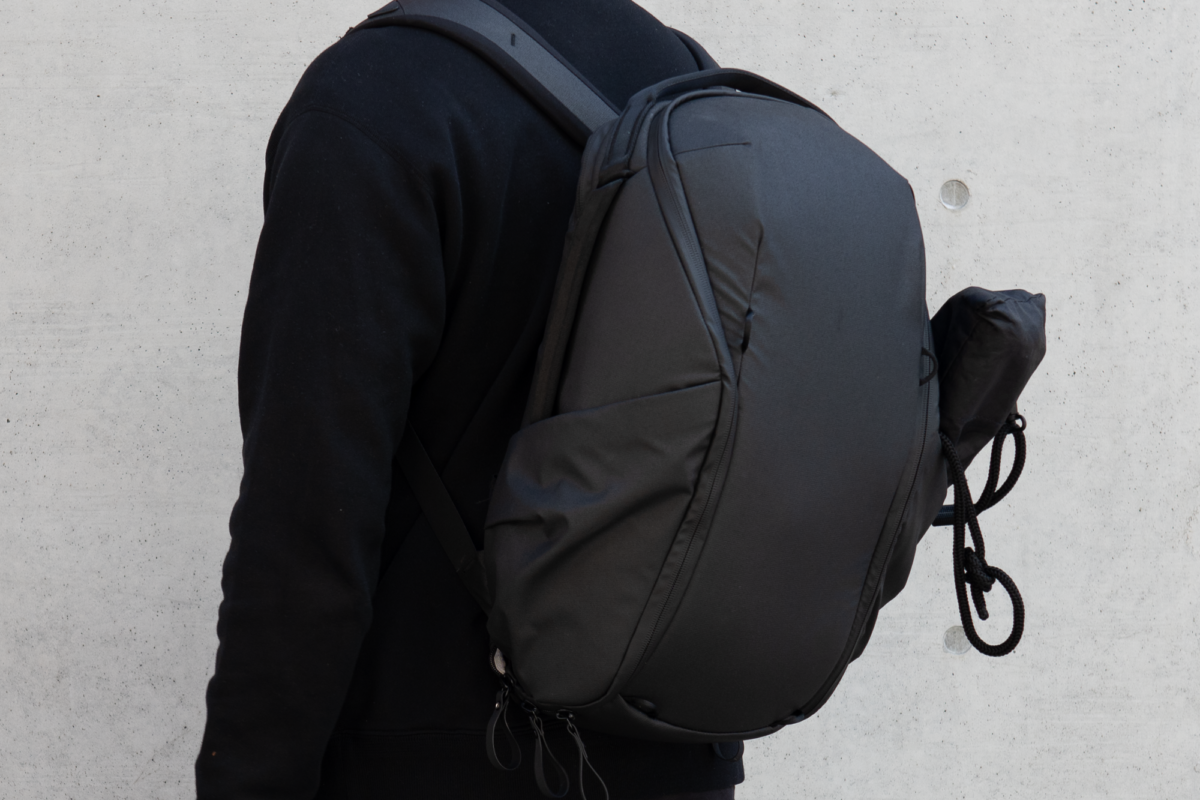
It looks very sleek and minimal. It looks like it'll go well with a smart casual outfit, like an Outlier S140 Merino Shirt and Outlier Futureworks combo. For those free-spirited travelers who prefer to give off a more nonchalant look, this backpack would probably cramp your vagabond style.
Materials
The main material of the bag is a 100% recycled 400D nylon canvas shell. The fabric itself is double PU-coated, which provides a base waterproof layer. On top of them, a DWR treatment is applied.
This used to be an ad.
But no one likes ads, so I got rid of them. If my articles helped you, I ask for your support so I can continue to provide unbiased reviews and recommendations. Every cent donated through Patreon will go into improving the quality of this site.
While I've used 1000D backpacks like the GORUCK GR1, bags at that denier count are pretty much overkill unless you are intending to bring it into a warzone. Especially for a daily backpack, 400D is plenty. While some might be tempted to think denier count as “the higher the better”, it often translates to additional costs and weight that's unnecessary.
All the colors, apart from black, are Bluesign certified. The term “bluesign” is derived from a Swiss group called bluesign® technologies which monitors the entire process of manufacturing. If the process meets certain environmental-friendly standards, then they will earn the certification. It's likely that the black requires more resources to dye, and therefore is not able to achieve the certification like the other colors. I, personally, am not the type that cares about environmental efforts and I kinda seem them as mainly for marketing purposes. But if I'm comparing two exact bags at the same price, then the environmentally friendlier one would be preferred.
Peak Design doesn't seem to be using any kind of branded materials like YKK zippers, CORDURA or Duraflex hardware. I know it's mainly the effects of marketing, but branded materials often give a certain assurance when choosing a bag
Usage
To me, it's clear that the design is where the Peak Design Everyday Backpack stands out. Specifically, the innovative organization of the bag is what makes it choice apart from the rest.
To put the organization of the bag simply, the bag is made up of a main compartment, two side slots and a laptop compartment.
The two side pockets are pretty standard in size, but each has some padding. They are great spots for tripods or water bottles. But since the zips go all around, it does make it hard to unzip with your tripod in the slot blocking the way. Within each of the side slot is a long strap. The strap can be attached to one of the four loops on the exterior of the bag to secure stuff on the outside. But they, as well, also obstruct the zipper.

There are also, not one, but three padded handles that go around the top of the bag. But, like the zippers, if you put a tripod in one of the side slots, the side handles would be hard to reach for with the tripod in the way.
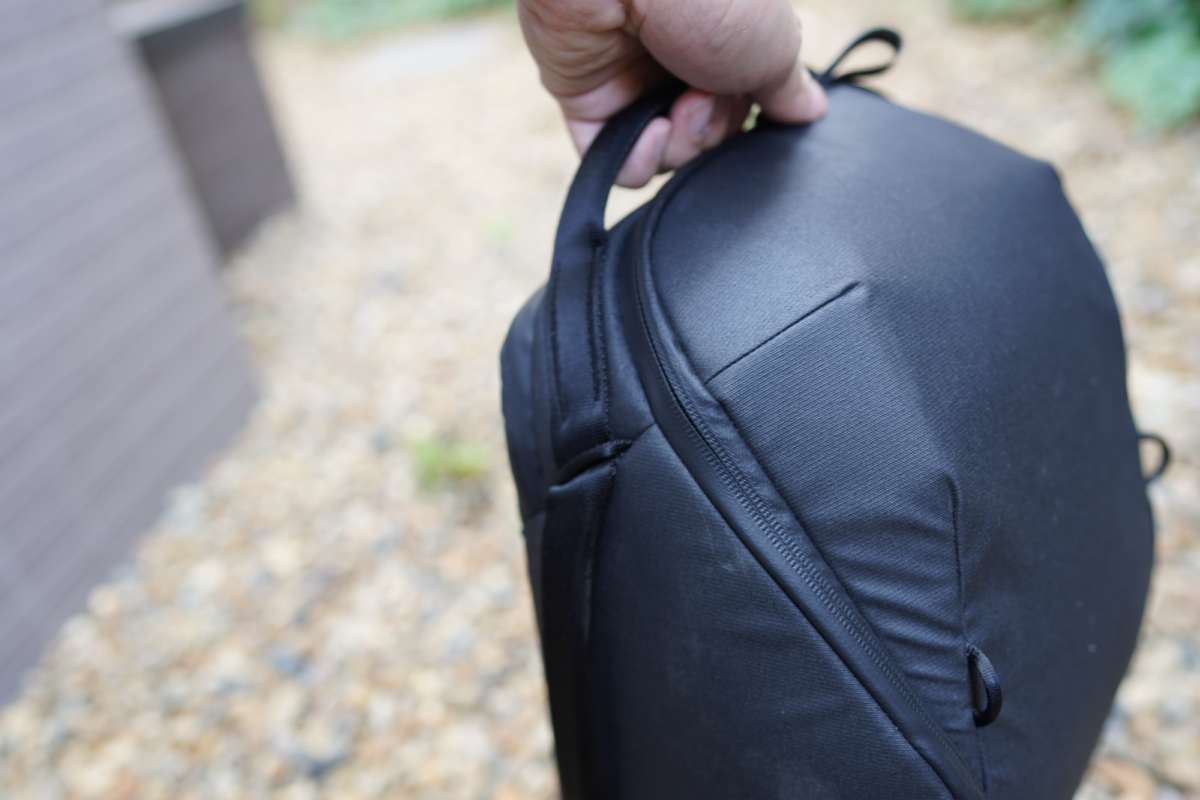
The main compartment is where the magic happens. Specifically, the FlexFold dividers are what makes this bag unique. FlexFold dividers are flaps in the middle of the bag that starts from the front flap and can be attached to the velcro that lines the front and back of the interior.
I designed a thing.

I found a 100 year old company that would create these heirloom quality canisters for me. They are handmade and will keep your tea leaves, coffee beans or anything that you need dry for years to come.
or read review

Attach them when you want to create division, or let them down when you need more space. Each FlexFold can also be folded up on each side. So if you want to put your tripod on the inside, you can fold them up on one side to create a full-height space for your tripod. The foldable sides is actually two layers, so you can just fold up the upper layer if you want to create more partitions.

Between the padding and the space created with the FlexFold dividers, I felt comfortable enough to put my Sony α7R IV into it with the lens attached. Although, I found that quite a bit of readjustment is necessary to get it to exactly how you want it. It's the combination of the fidgeting with the velcro and balancing the three spaces created by the two FlexFold that takes a bit of effort.
Apart from the FlexFold, there a slot and a zippered pocket below it on both sides of the bag. I kinda wished that the slot was deep enough to fit a tripod.
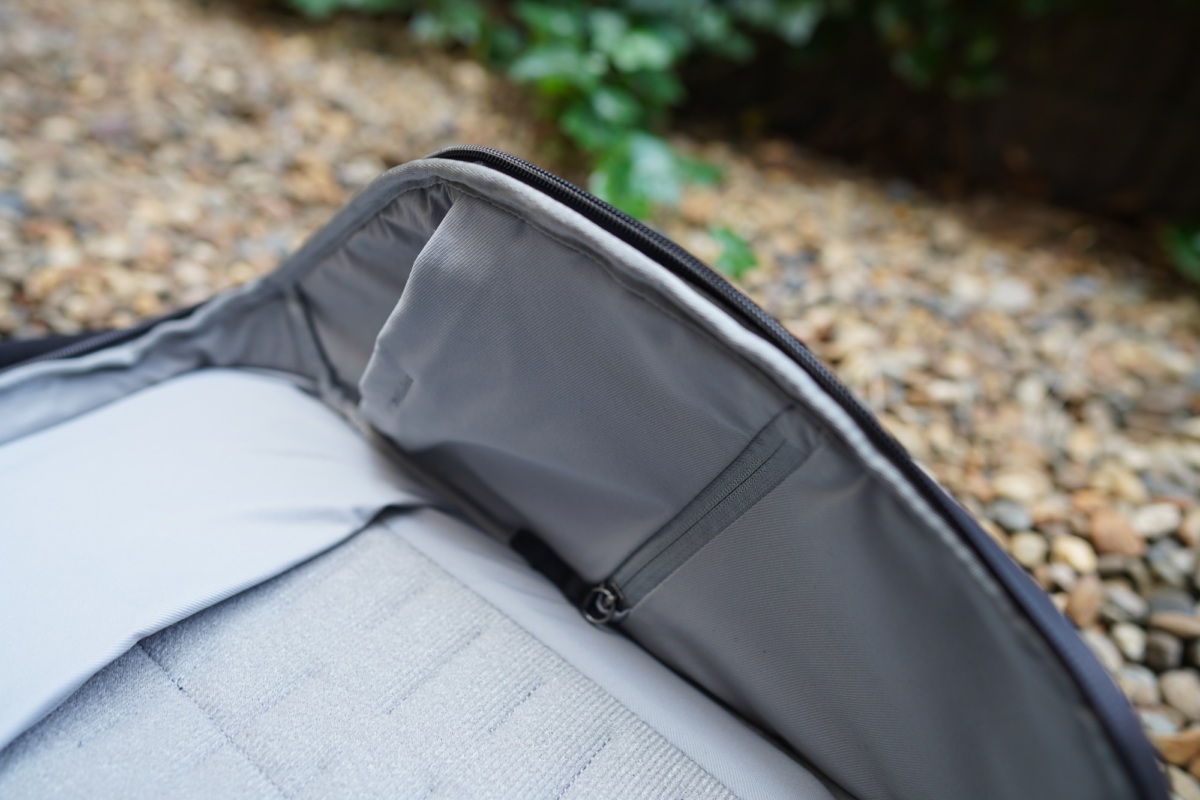
The zippers can open the bag like a clamshell, but if you attached the FlexFold partitions, then you can't spread it open without taking them apart.
I've also noticed that unless you are very intentional about it, you'll probably not zip it all the way since the zippers extend all the way to the other side of the bag.
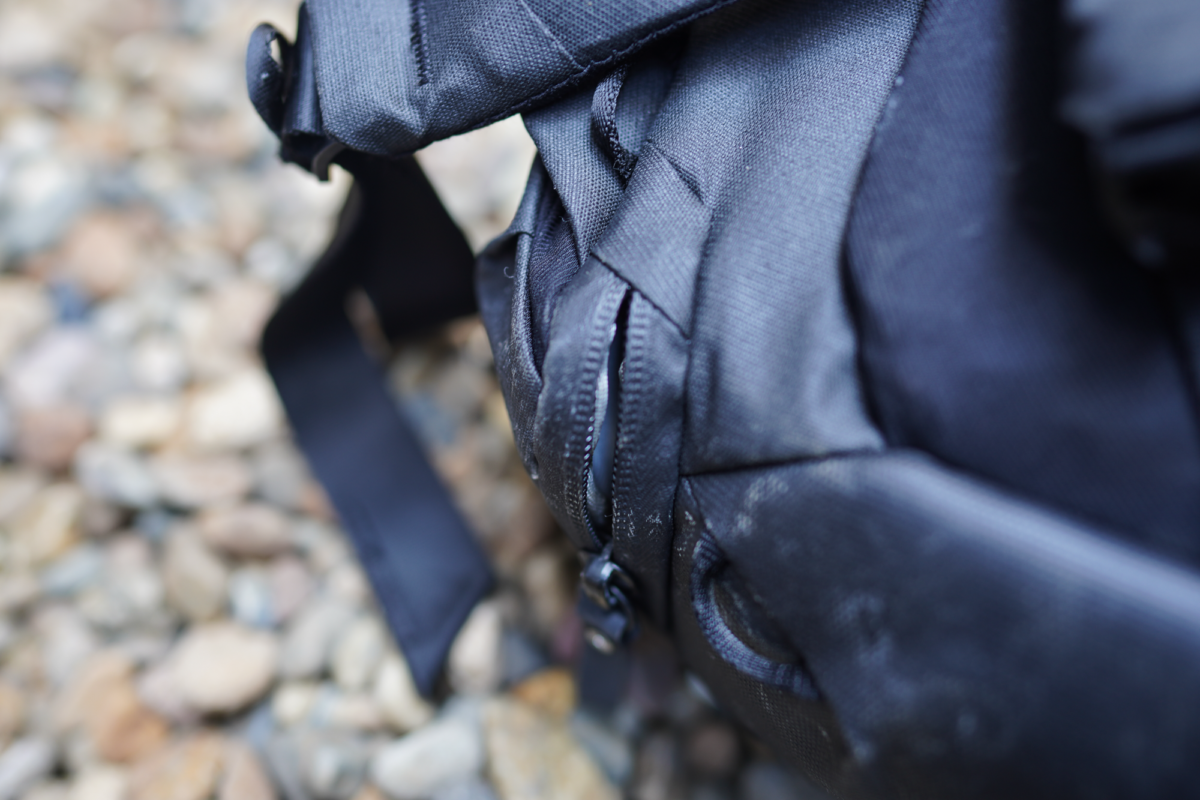
The way the shoulder straps are attached to the Peak Design Everyday Backpack is pretty unique. The attachment method allows the strap to swivel around 360°, which means it'll conform better to your range of movement and shape of your shoulders.

When put to the test, the straps were comfortable when I first put it on, but after carrying it for a day, I felt my shoulders getting a little sore, probably due to the narrow width of the strap. And I wasn't even carrying much (less than 5 kg).
It also comes with a sternum strap that attaches the same way as the straps from the side pockets. There are four grooves for you to choose the position of the straps. Given the size of the backpack, I haven't really had the need to use it.

Within the laptop compartment, there are a few additional compartments to further organize. One shallower slot towards the opening for quick access items as well as a full-length slot which looks perfect for a tablet. I decluttered my tablet a few years back, but the slot was perfect for my MOFT Laptop Stand.
Conclusion
The Peak Design Everyday Backpack is a great daily carry skewed towards those with camera equipment. The main issue for me is the way that the straps or items in the external side pockets can obstruct the zipper. The FlexFold, while innovative, needs getting used to. They are a “love it or hate it” part of the bag, but they can be removed if you are the latter.
Also, given the capacity and the specificity of the way it has been designed, this is not a backpack I can recommend for travel. For those who don't bring around a whole of camera equipment every day, there are plenty of better, “more general” options out there.
Additional Images
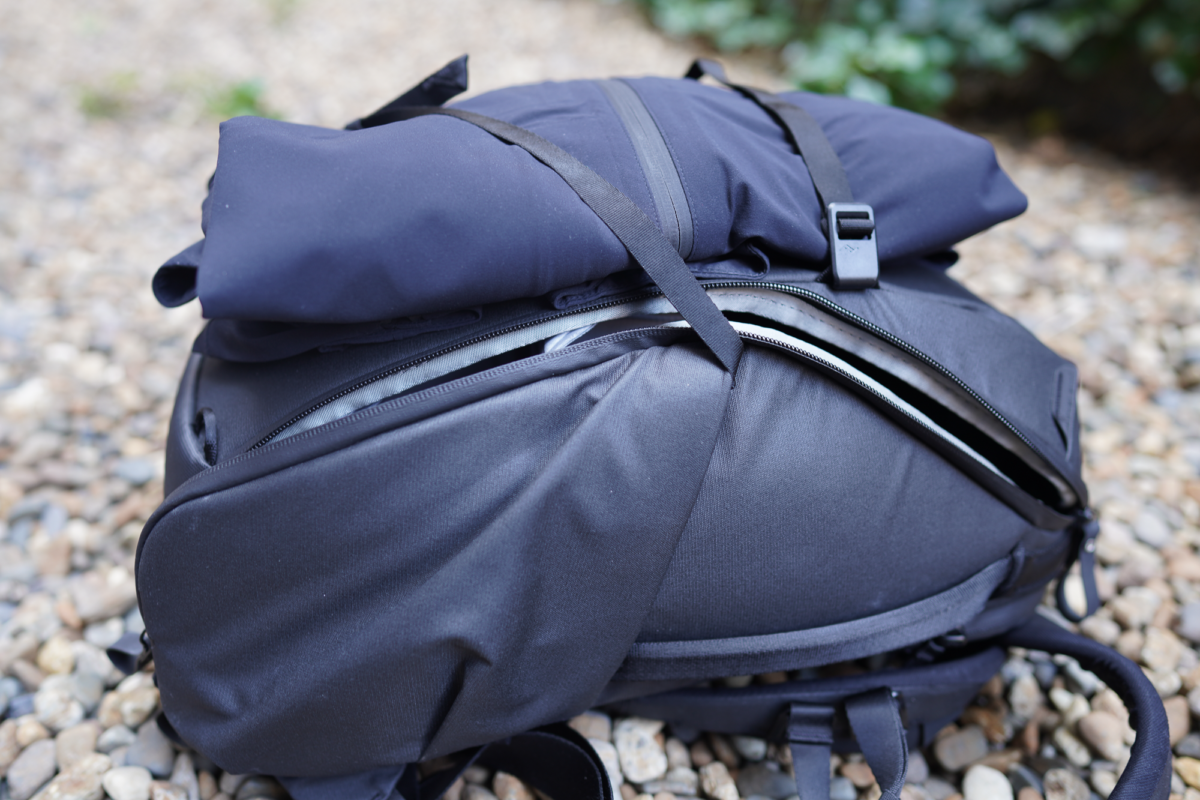
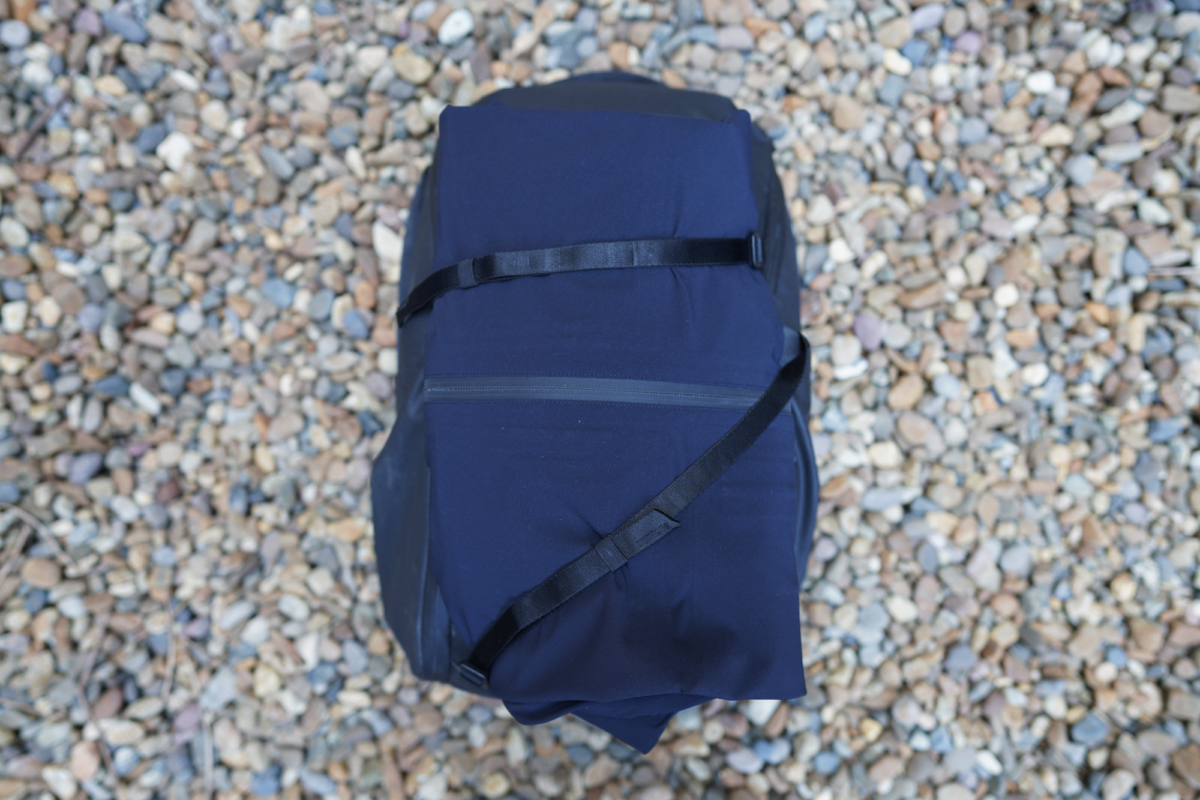

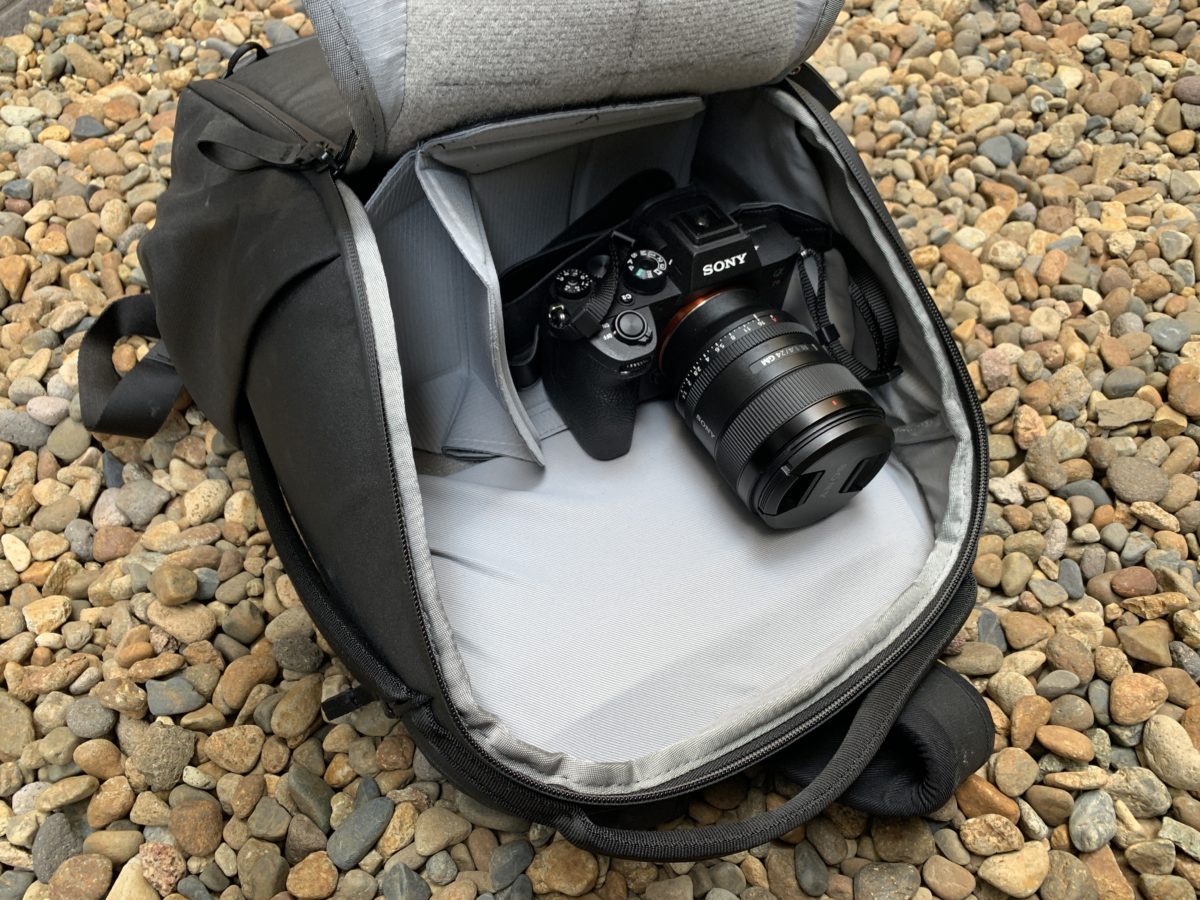
Like this review? See all of my in-depth reviews.
Also, consider supporting me by being a Patreon. Every cent given will go back into improving the content of this website.
Tagged backpack bag peak design photography review